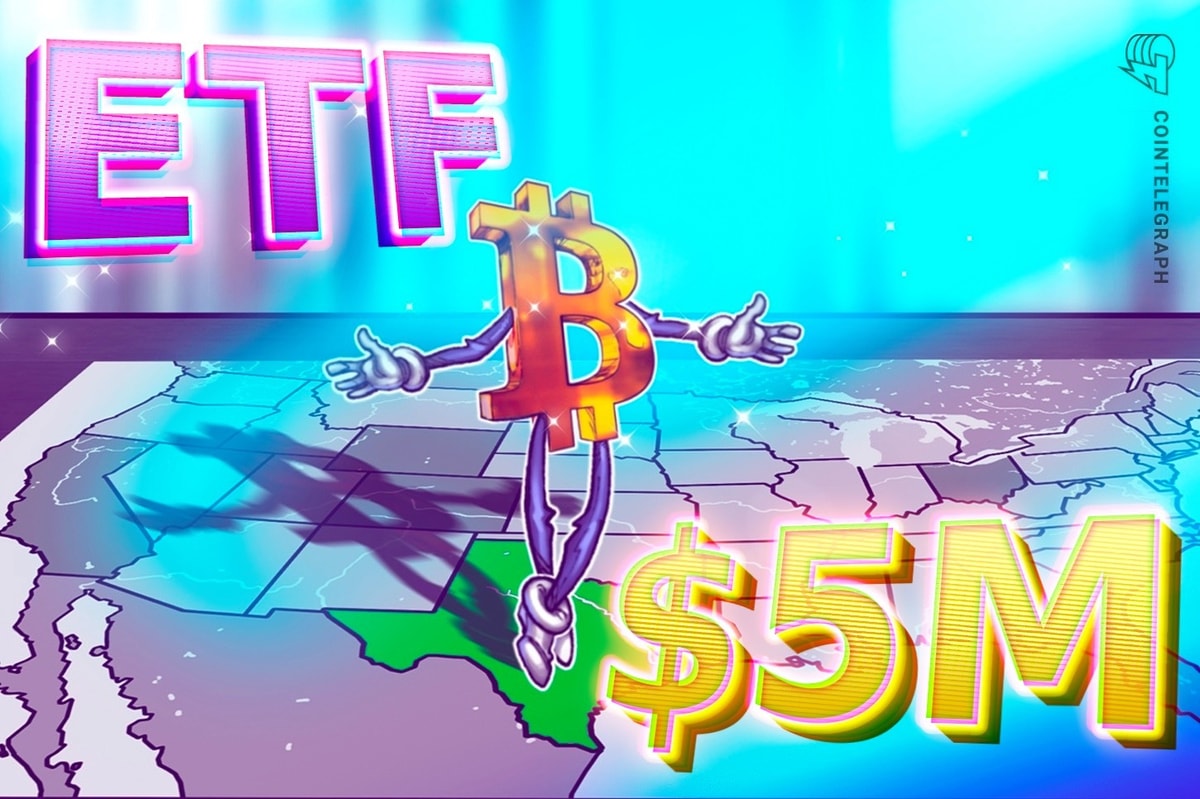Fed says loan standards tightened, demand weakened
2 min read
The Federal Reserve said that banks reported tighter standards and weaker demand for loans in the first quarter, extending a trend that began before recent stresses in the banking sector emerged.
The proportion of US banks tightening terms on commercial and industrial loans for medium and large businesses rose to 46%, up from 44.8% in the fourth quarter of 2022, according to a Fed survey of lending officers released Monday.
The collapse of four U.S. regional banks since March sparked turmoil in the financial sector and increased concerns that lenders would rein in access to credit in a way that could tip the US economy into a recession.
“This confirmation of tighter lending standards pushes recession odds even higher,” said Michael Kantrowitz, chief investment strategist for Piper Sandler & Co. in a note to clients following the release. “Nothing is a guarantee, but these odds are hard to argue against.”
The report also showed much weaker demand for credit. The share of banks reporting weaker demand for commercial and industrial loans among large and mid-size firms rose to 55.6% in the first quarter, the highest since 2009 during the global financial crisis. That proportion was 31.3% in the fourth quarter, the survey showed.
The share of banks that are tightening loan standards rose late last year to levels more typically seen during recessions — largely as a result of the higher borrowing costs sparked by the Fed’s rapid interest-rate increases.
The survey showed banks cited a lower risk tolerance, a dimmer economic outlook and worsening industry problems as their reasons for tightening credit in the first quarter.
The U.S. central bank rolled out its most recent rate hike last week, bringing the target on its benchmark rate above 5% for the first time since 2007. Fed Chair Jerome Powell hinted it could be the last rate increase for the time being as policymakers assess how much higher borrowing costs and tighter credit standards are weighing on the economy.
But Powell also stopped short of declaring victory on the Fed’s battle against rapid price increases, leaving the door open to further rate increases should inflation remain more stubborn than officials expect. However, tighter credit conditions could limit how much higher interest rates will need to go to bring inflation back to the Fed’s 2% target, Powell said.
“I am certainly getting vibes — as you are — in the market and in the business contacts that the credit crunch, or at least a credit squeeze, is beginning,” Chicago Fed President Austan Goolsbee said earlier Monday during an interview on Yahoo! Finance.







